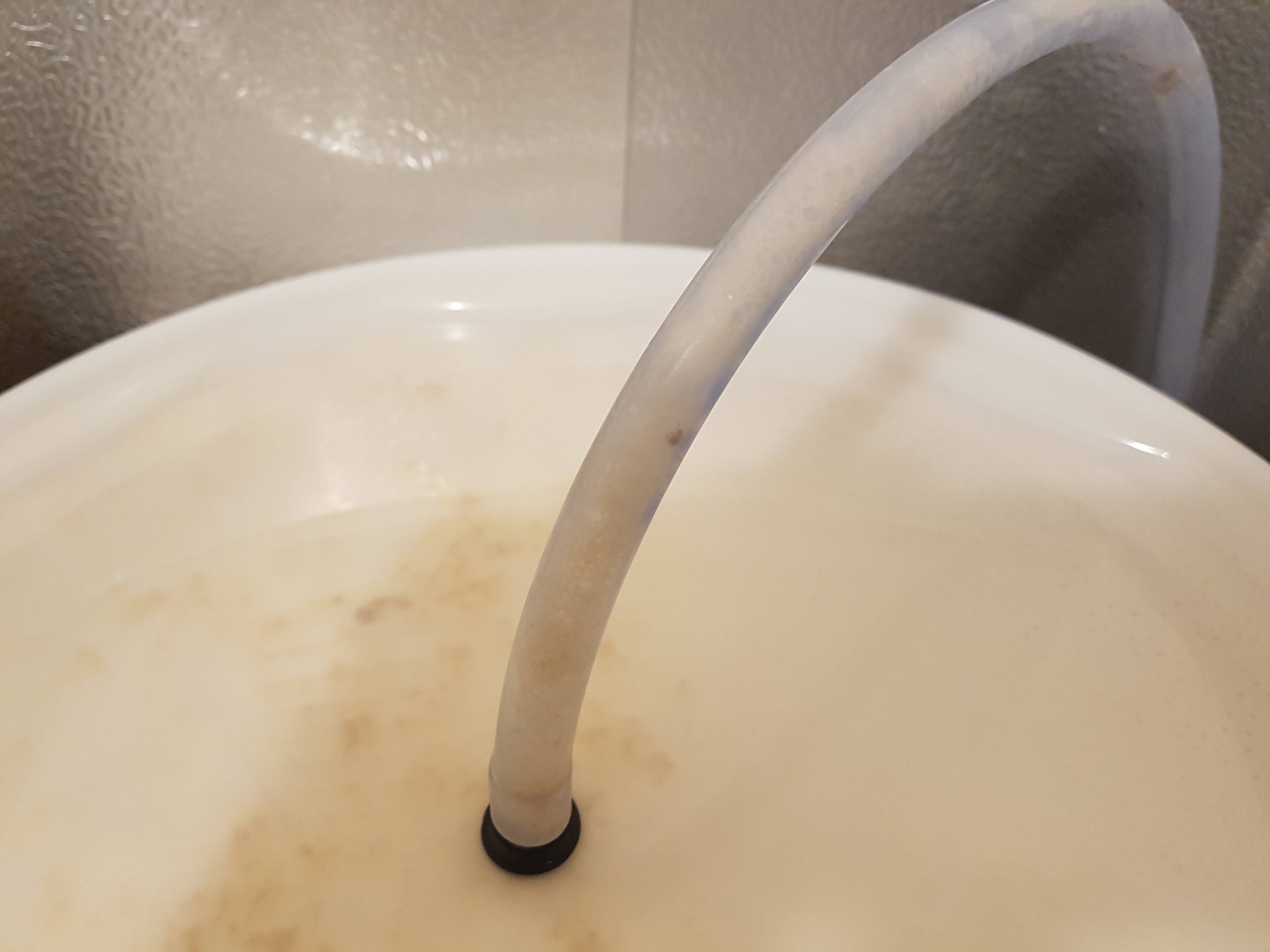Hey All,
I have brewed several Weisens and used several different yeasts,
the best in my opinion is the Mangrove Jacks Bavarian Wheat,
I have previously used Safale WB-06 (ends up fermenting too Dry), Danstar Munich Wheat (hardly any phenol aroma) and also Brewferm Blanche (again no phenol aroma)
Anyone else tried any dry yeasts with good success.
I have brewed several Weisens and used several different yeasts,
the best in my opinion is the Mangrove Jacks Bavarian Wheat,
I have previously used Safale WB-06 (ends up fermenting too Dry), Danstar Munich Wheat (hardly any phenol aroma) and also Brewferm Blanche (again no phenol aroma)
Anyone else tried any dry yeasts with good success.





















![Craft A Brew - Safale BE-256 Yeast - Fermentis - Belgian Ale Dry Yeast - For Belgian & Strong Ales - Ingredients for Home Brewing - Beer Making Supplies - [3 Pack]](https://m.media-amazon.com/images/I/51bcKEwQmWL._SL500_.jpg)







































